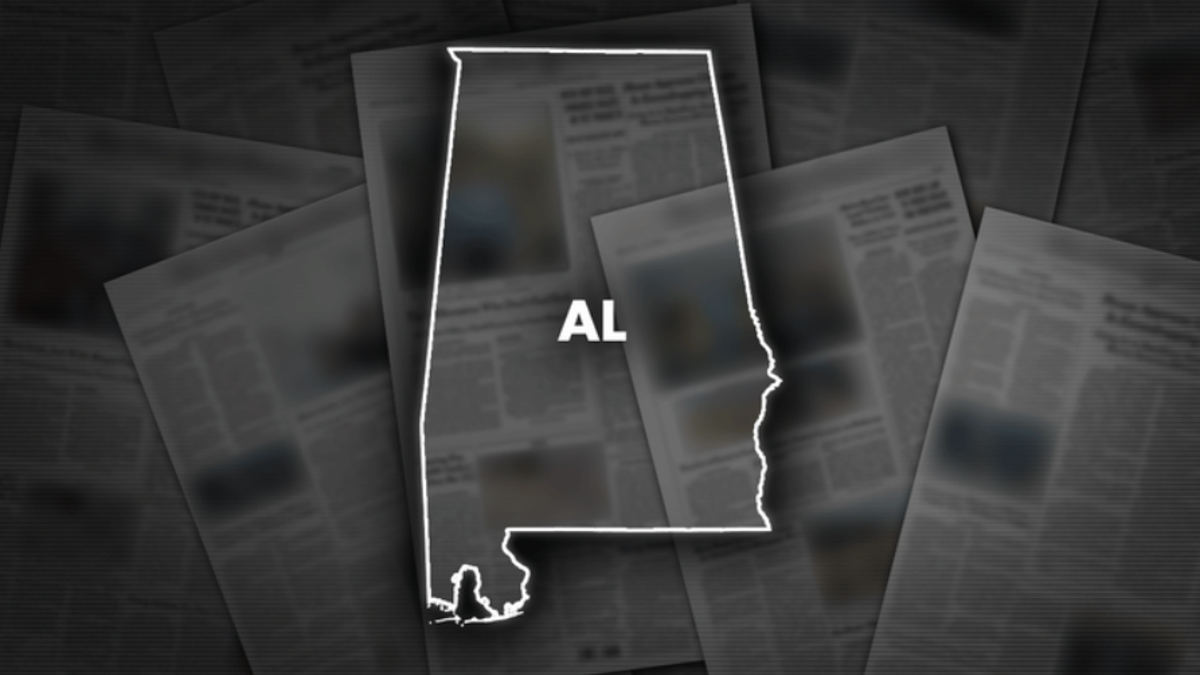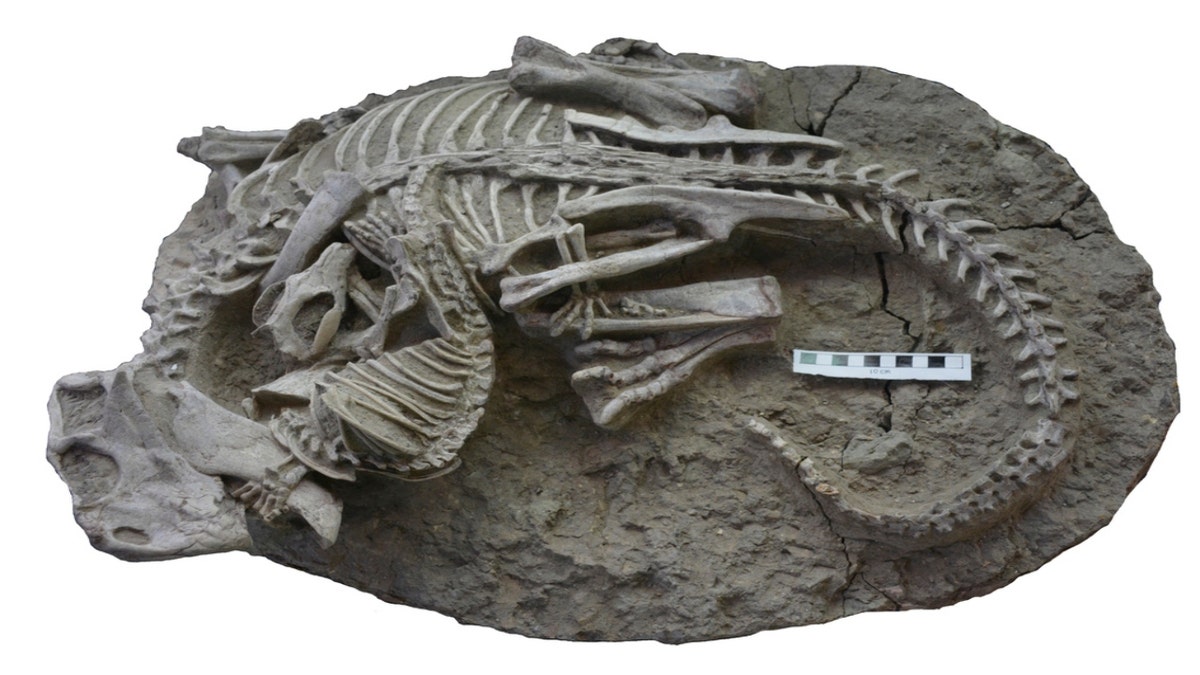Groundbreaking legislation recently passed by the Senate aims to usher in a new era of transparency regarding unidentified anomalous phenomena (UAPs), commonly known as UFOs. The Unidentified Anomalous Phenomena (UAP) Disclosure Act mandates a presumption of immediate disclosure for all government records related to UAPs, potentially revealing a trove of previously hidden information.
While the exact number of existing UAP records remains unknown, the legislation acknowledges credible evidence and testimony suggesting the existence of undisclosed documents related to these phenomena. The act emphasizes the need to restore proper oversight and facilitate further scientific and technological research in this area.
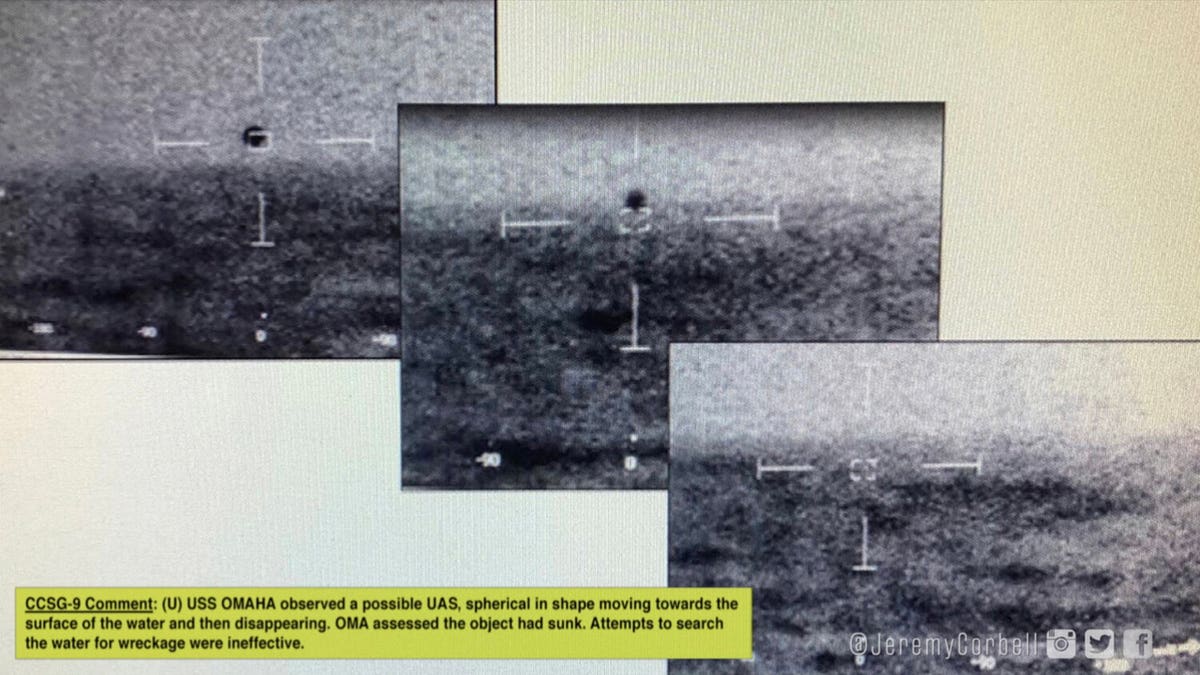
Photographed by a US Navy FA-18 pilot and Weapon Systems Officer, this image depicts a UAP sighted over Oceania in March 2019. (Credit: George Knapp/Mysterywire.com)
Modeled after the President John F. Kennedy Assassination Records Collection Act of 1992, this bipartisan legislation establishes a UAP Records Collection and an independent UAP Records Review Board. The board will have a mere 72 hours to either release requested documents or provide justification for continued classification.
Senate Majority Leader Chuck Schumer, a key figure behind the legislation, stressed the public's right to learn about technologies of unknown origins, non-human intelligence, and unexplainable phenomena. The act aims not only to declassify existing information but also to establish a framework for the public release of future research findings.
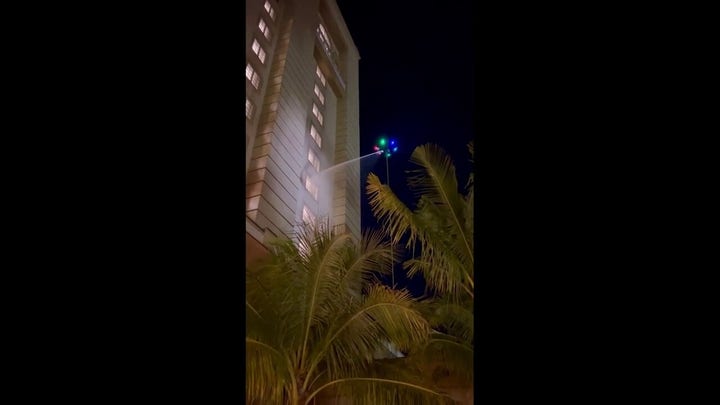
A still from a video showing a UFO-like object cleaning windows.
Government agencies will have 300 days to submit UAP-related records to the Review Board. While the president can ultimately overrule the board's decisions, any withheld documents will automatically be released to the public after 25 years. A similar effort is underway in the House, further highlighting the growing momentum for UAP disclosure.
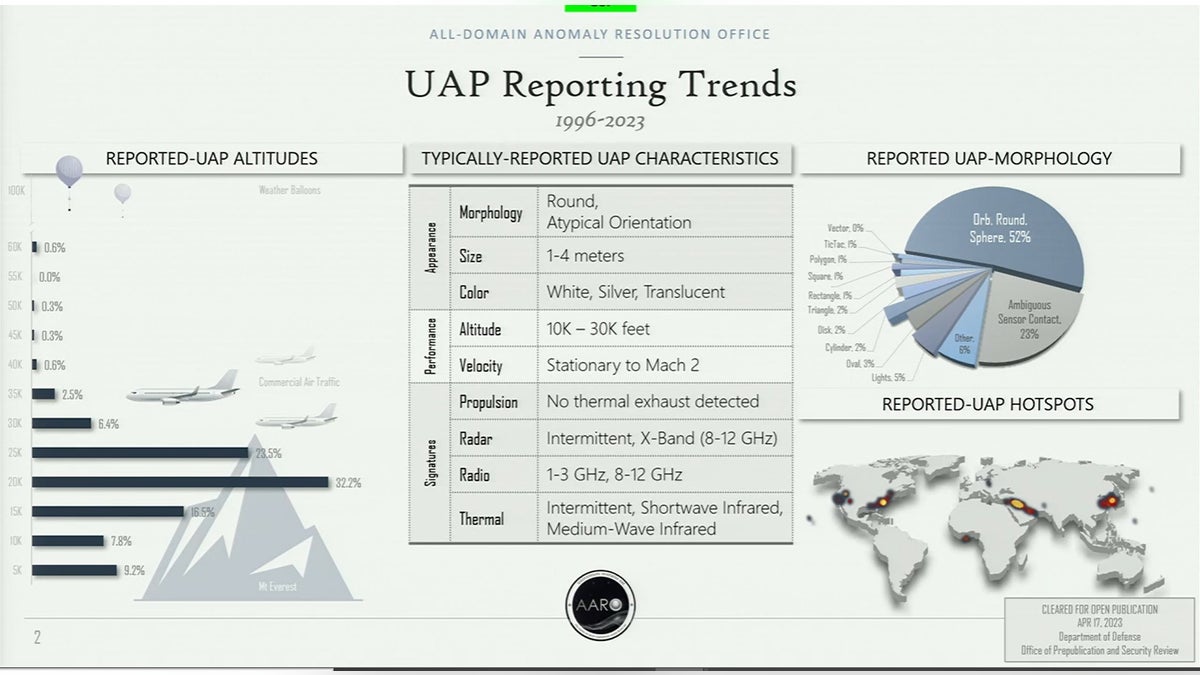
This graphic, presented during a Senate hearing, illustrates UAP reporting trends. (Source: U.S. Senate Committee on Armed Services)
Recent events, including whistleblower testimony alleging a secret government program involving recovered extraterrestrial technology, have intensified public interest in UAPs. While these claims remain unverified, they have contributed to a growing demand for greater transparency from the government.
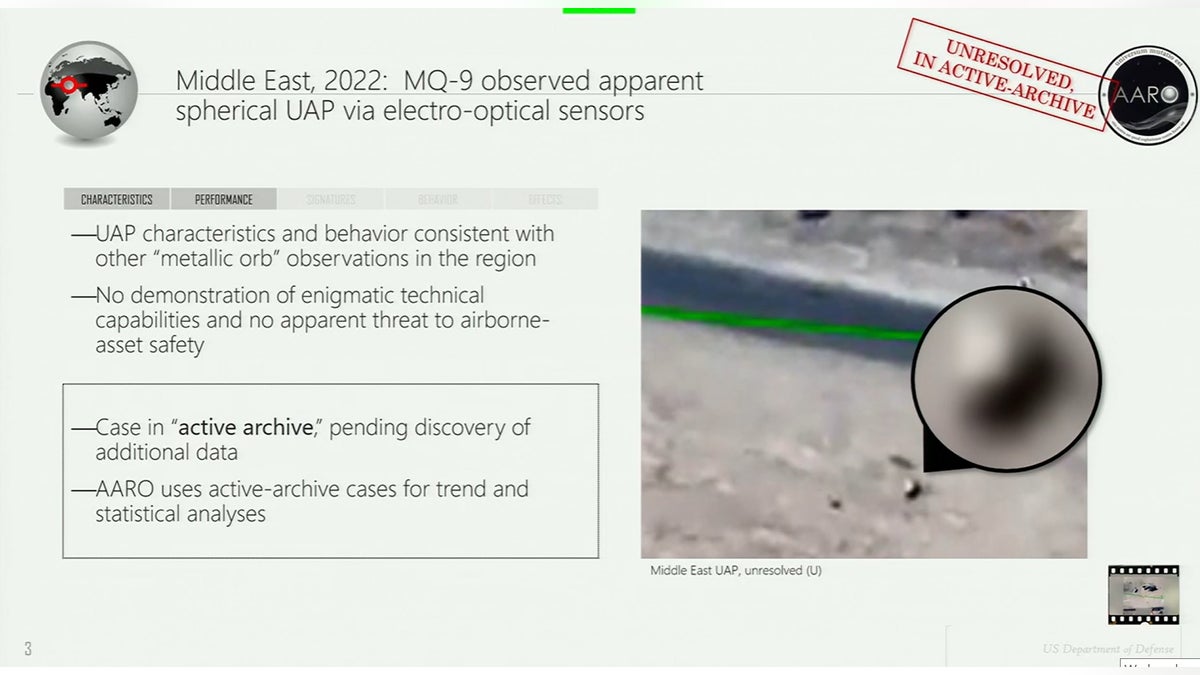
Another graphic presented during a Senate hearing on UAPs. (Source: U.S. Senate Committee on Armed Services)
The Pentagon's All-domain Anomaly Resolution Office (AARO), headed by Dr. Sean Kirkpatrick, is actively investigating hundreds of UAP cases. NASA is also conducting its own independent investigation into these phenomena. Both agencies are expected to release reports on their findings this summer.





